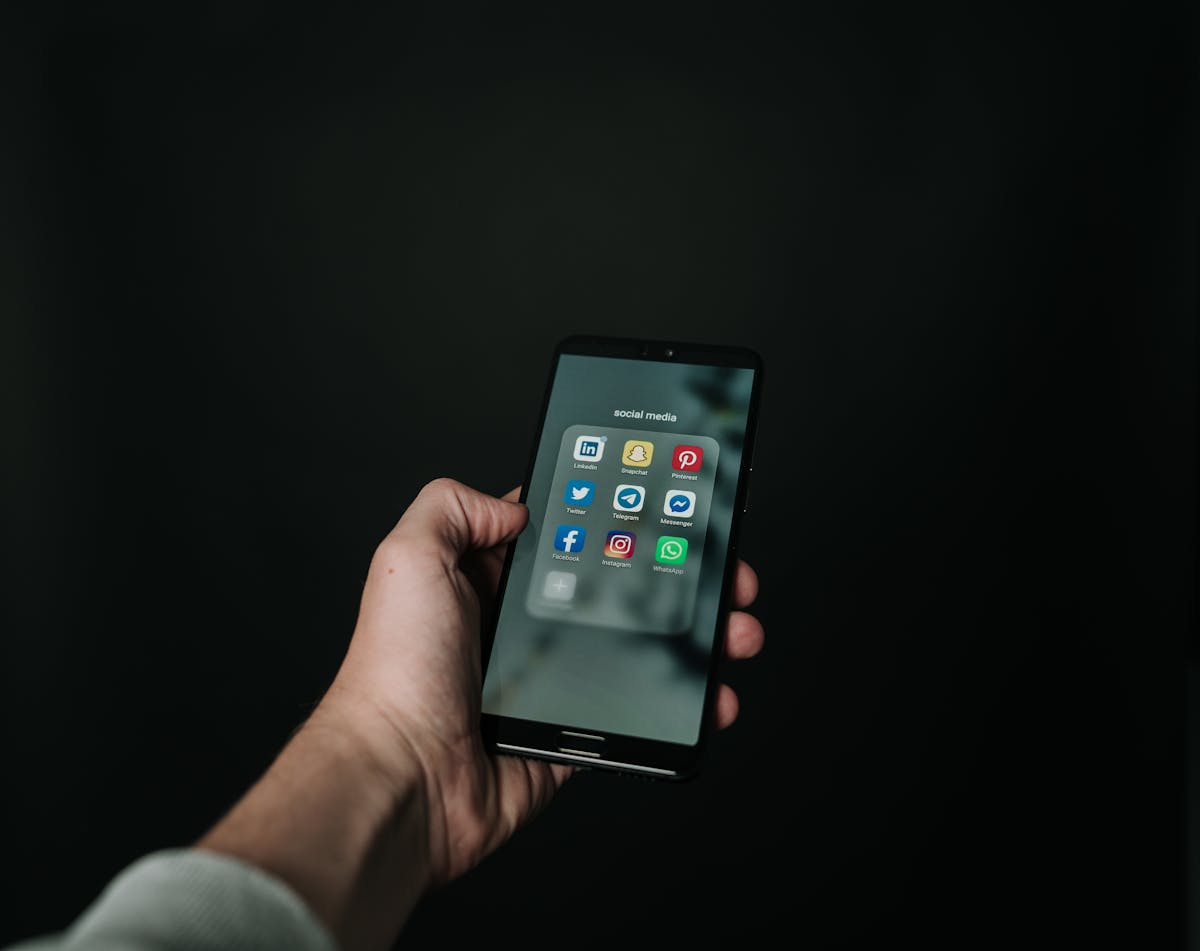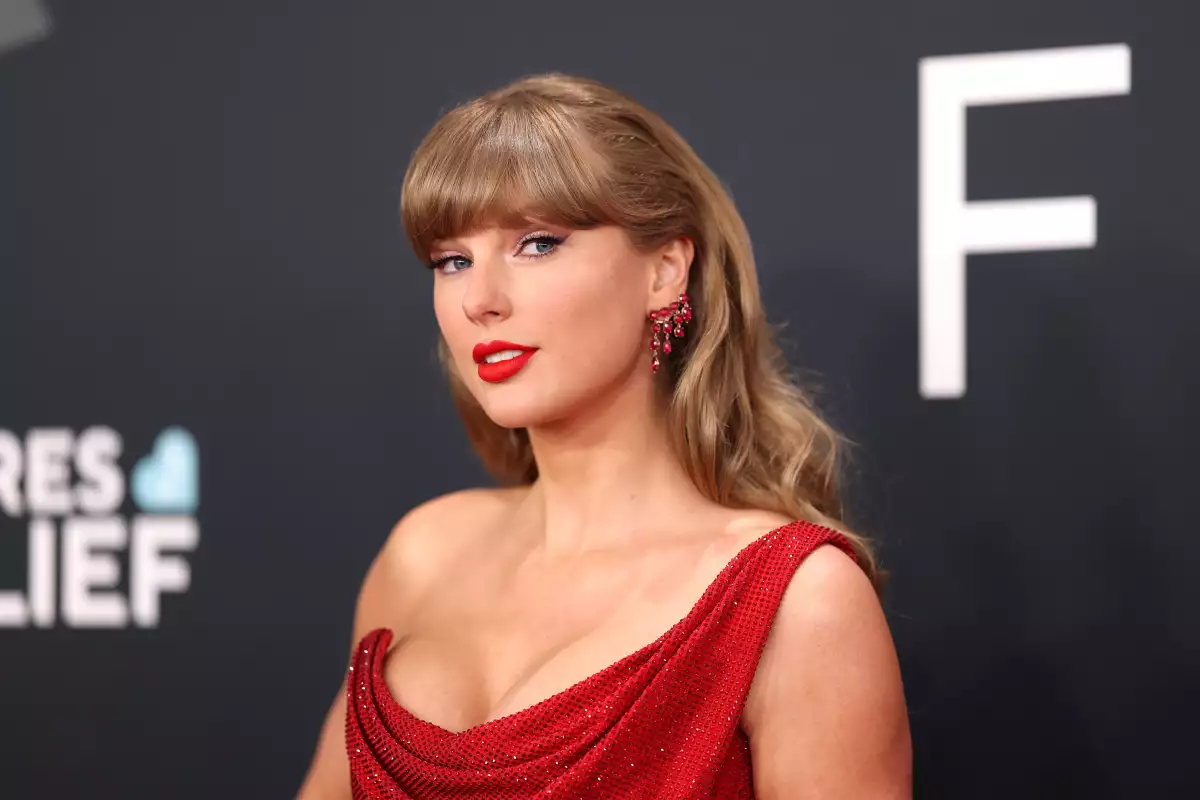The music industry has always been a stage for bold statements, evolving trends, and the redefinition of cultural norms. Yet, even in 2025, the open embrace of sexuality by female pop artists continues to spark debate. Artists like Sabrina Carpenter and Taylor Swift have found themselves at the center of conversations about empowerment, artistry, and societal double standards. Despite decades of progress in gender equality, the question remains: why is sexual expression still a source of controversy when it comes to women in pop music?
The modern era celebrates individuality and authenticity more than ever before. Social media amplifies artists’ ability to connect directly with fans, bypassing traditional gatekeepers. In theory, this freedom should allow women to express themselves without fear of judgment. However, public reactions to music videos, stage performances, and album concepts that incorporate sensuality show a lingering discomfort. It is as if society accepts confidence and independence in women—until that confidence manifests through sexuality.
For many, sexual expression in music is not just about entertainment but also about challenging deeply ingrained cultural narratives. When a female artist chooses to portray herself as sensual or provocative, the discussion often shifts from her talent to her morality. While male performers rarely face the same scrutiny for similar behavior, women encounter assumptions that their artistry is diminished by their sexual expression. These assumptions reveal how traditional gender expectations persist, even as pop culture claims to celebrate liberation.
Sabrina Carpenter perfectly embodies this intricate relationship. Renowned for her appealing pop tunes and lyrics that connect with many, she has lately added more daring visuals to her projects. Portrait sessions, live shows, and music videos with provocative themes have generated varied opinions on the internet. Some praise her for accepting her maturity as an artist, whereas others ponder if her transformation implies a “loss of innocence.” These responses mirror critiques directed at numerous women before, from Madonna in the 1980s to Britney Spears in the early 2000s.
Taylor Swift experiences comparable examination, although her handling of sexuality tends to be more understated. For a long time, Swift was known for her focus on narrative and emotional openness instead of explicit sensuality. Nevertheless, her recent works indicate an openness to delve into themes of closeness and physical longing in her songs. While plenty of fans see this as a mark of creative growth, critics readily scrutinize her decisions, interpreting lyrics and performances for indications of “challenging norms.” The persistence of these discussions in media shows how society still grapples with women who embrace their sexuality in public arenas.
The feedback that women in the arts encounter isn’t confined to conventional media outlets. Digital platforms enhance each viewpoint, forming echo chambers where discussions on ethics, feminism, and commercial purposes flourish. Just one photo or line can spark prolonged discussion on TikTok, X (previously known as Twitter), and Instagram. Although many of these discussions feature advocates of empowerment, they also reveal the ongoing presence of moral scrutiny. In this digital era, the disparities are amplified, turning every artistic choice into a possible source of contention.
Historically, the music industry has profited from sexualized imagery, yet it often punishes the women who participate in it willingly. When an artist chooses to present herself in a sensual way on her own terms, the narrative frequently shifts to whether she is “selling out” or “seeking attention.” These criticisms overlook the fact that sexuality is not inherently exploitative when it is self-directed. For many artists, sensuality is not just an aesthetic but an integral part of storytelling and emotional expression.
The conversation around sexuality in pop music also intersects with generational and cultural values. Older audiences often perceive sensual imagery as inappropriate or unnecessary, while younger listeners tend to view it as an expression of confidence and authenticity. These generational divides influence how music is received, marketed, and critiqued. The rise of global fandoms further complicates this dynamic, as cultural norms vary widely across regions. What is celebrated in one market may provoke outrage in another, forcing artists to navigate a complex web of expectations.
It is also important to consider the role of feminism in this debate. Advocates for gender equality argue that policing women’s bodies and choices perpetuates patriarchal norms. From this perspective, when female pop stars embrace sexuality on their own terms, they challenge historical limitations that confined women to roles of purity and passivity. Critics, however, argue that mainstream pop culture often reduces empowerment to sexual display, reinforcing rather than dismantling objectification. This tension underscores why discussions about empowerment in music are rarely straightforward.
Economics cannot be ignored in this conversation. The music industry is a business, and visuals that generate attention often translate into streams, ticket sales, and sponsorships. Some skeptics claim that sexualized imagery is primarily a marketing strategy rather than a statement of autonomy. While commercial motives undoubtedly exist, this assumption undermines artists’ agency. For many, sexuality is an authentic element of their identity, not merely a tool for profit. Disentangling artistic intent from commercial strategy remains one of the thorniest aspects of this debate.
In 2025, as technology reshapes how music is consumed, the visibility of artists is higher than ever. Platforms like TikTok, YouTube, and Instagram allow fans to interact with content in real time, making every outfit, lyric, or dance move a topic for public dissection. The paradox is clear: society demands authenticity from artists but critiques them harshly when that authenticity challenges comfort zones. This contradiction places female performers under a microscope, forcing them to navigate an impossible standard of being bold yet inoffensive, sensual yet respectable.
Despite the backlash, the continued embrace of sexuality by women in pop music reflects a larger cultural shift. These artists are not only creating entertainment but also engaging in conversations about autonomy, identity, and representation. By asserting control over their image and rejecting prescriptive notions of femininity, they pave the way for future generations to express themselves without apology. While progress is evident, the resistance they face proves that true equality in self-expression remains a work in progress.
The controversy surrounding women like Sabrina Carpenter and Taylor Swift illustrates a broader societal discomfort with the idea of women owning their narratives fully, including their sexual identities. Until public perception moves beyond outdated stereotypes, debates over empowerment versus exploitation will continue to dominate headlines. What remains clear is that these conversations are essential for challenging double standards and fostering a culture that respects individual choice.
Mientras avanza la década, la duda persiste: ¿llegará algún día la sociedad a contemplar la sexualidad femenina en la música pop sin desconfianza ni juicio moral? La respuesta no solo depende de los intérpretes sino también de la disposición del público para enfrentar sus prejuicios. Hasta entonces, cada letra audaz, cada vestuario atrevido y cada actuación sin disculpas continuarán siendo tanto una expresión creativa como un campo de batalla cultural.




